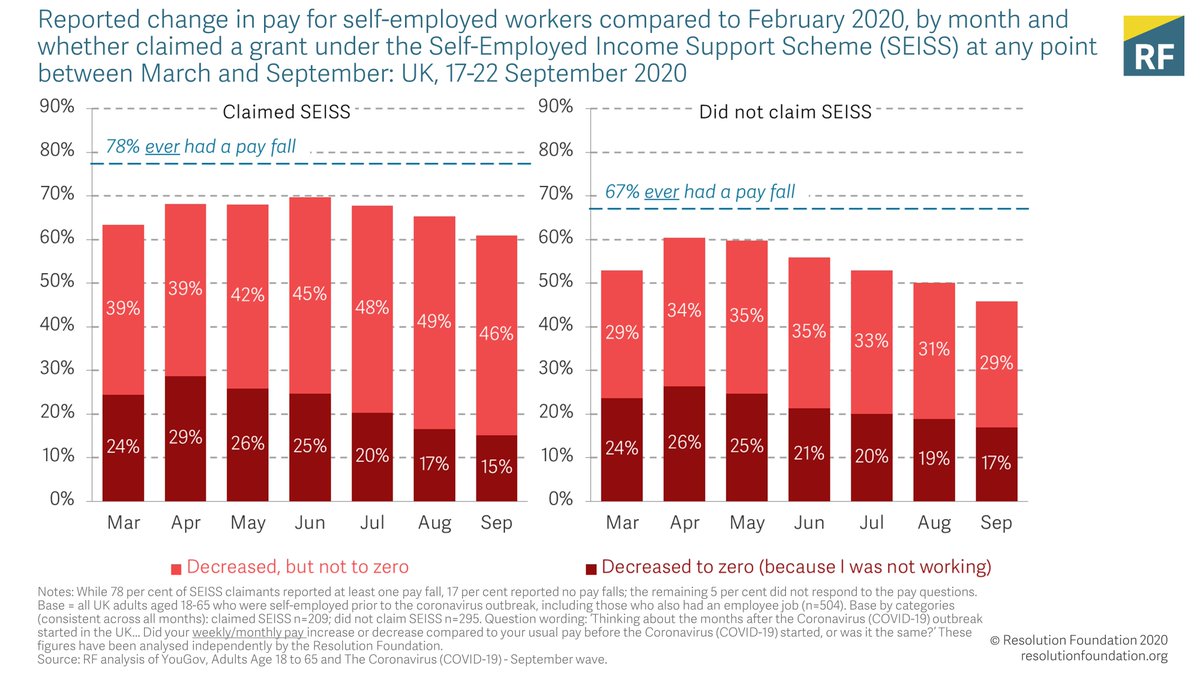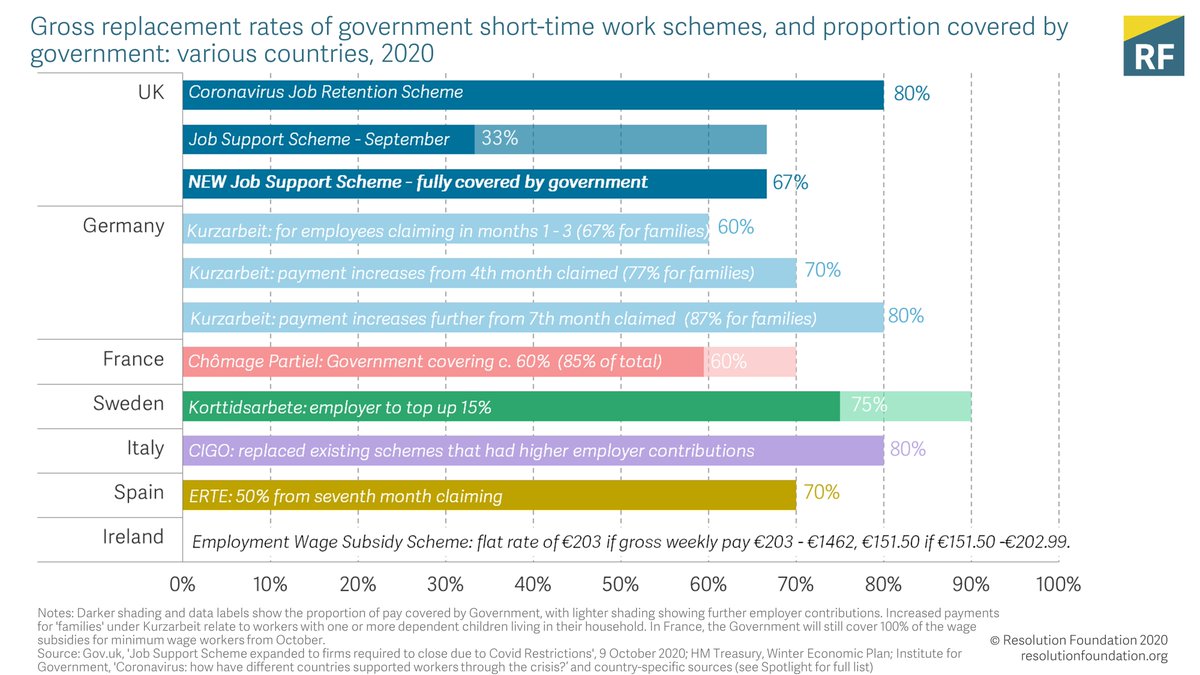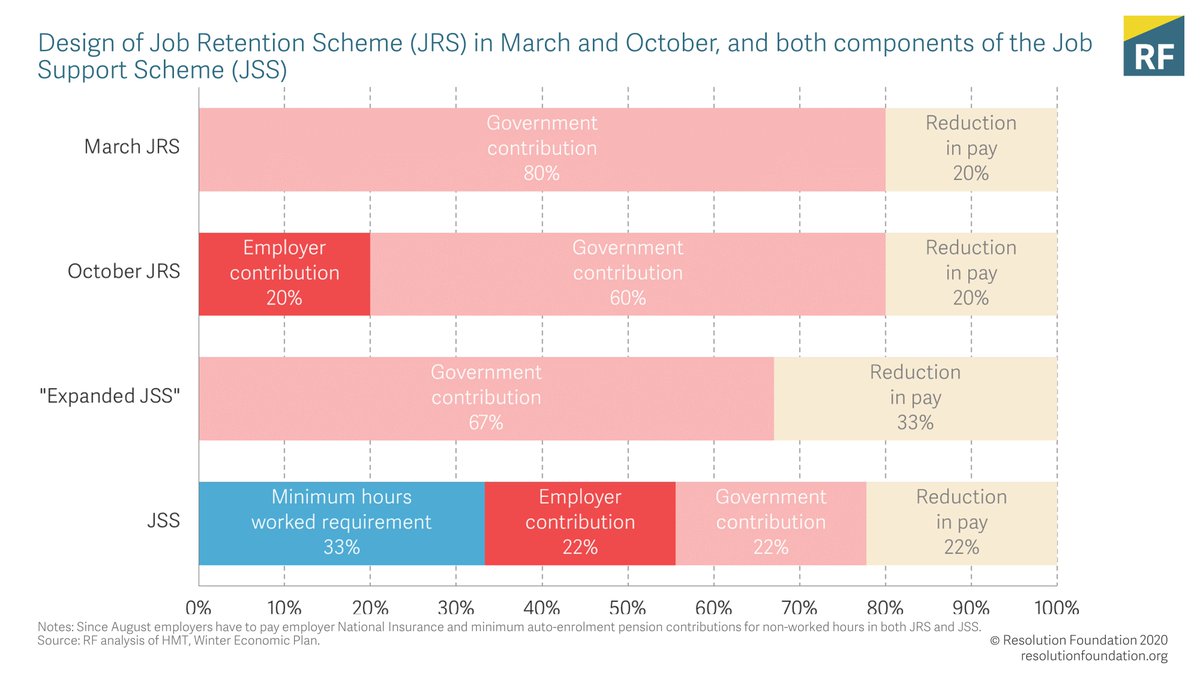
Since April, over 400,000 self-employed workers claimed SEISS despite not losing any income during the crisis, while almost 500,000 people still without work have received no support at all. Listen to our key findings from @hcslaughter_
Self-employed workers were hardest hit in April, with 30% completely out of work. While the number out of work has reduced since then, more than half of self-employed workers are still receiving lower pay than before the crisis. 

Nearly a quarter of 18-34-year-olds and those educated to A Level or below who were self-employed pre-crisis were still without work in September. 

Younger self-employed workers who have been out of work have struggled to recover any income since April. By comparison, the share of 35-65-year-olds without work has roughly halved since April. 

Of the 42 per cent of self-employed workers surveyed who have claimed the SEISS, 17 per cent did so despite having experienced no loss of income throughout the crisis - yet 500,000 workers who were without work in September received no support. 

With the crisis far from over, the Government must reform the SEISS criteria to make sure grants go to the workers who need them.
Our full report on the impacts of the crisis on the labour market comes out on Wednesday. Sign up for the launch event here: resolutionfoundation.org/events/jobs-jo…
Our full report on the impacts of the crisis on the labour market comes out on Wednesday. Sign up for the launch event here: resolutionfoundation.org/events/jobs-jo…
• • •
Missing some Tweet in this thread? You can try to
force a refresh















